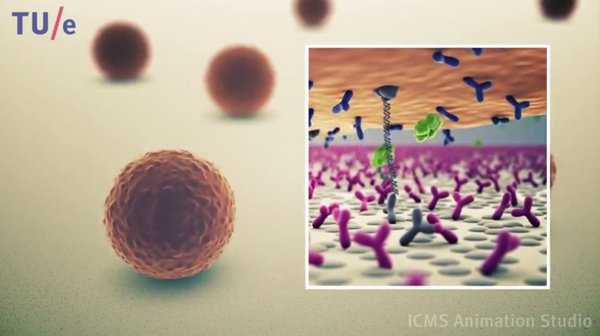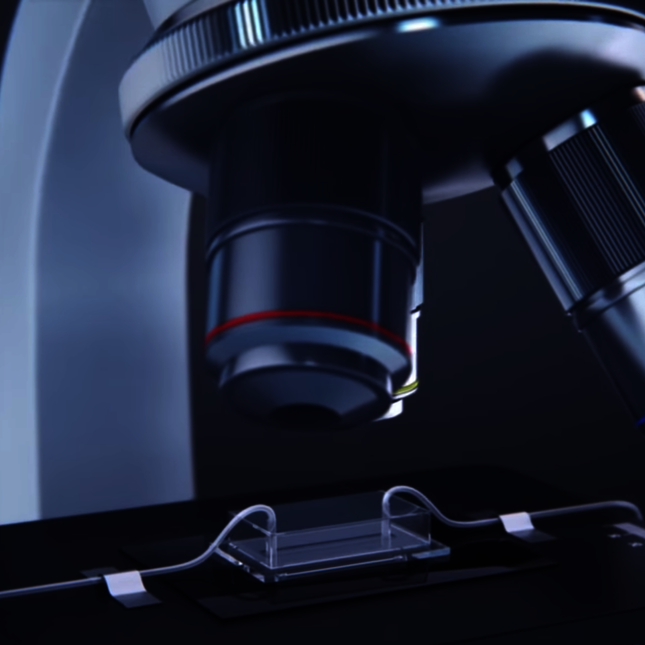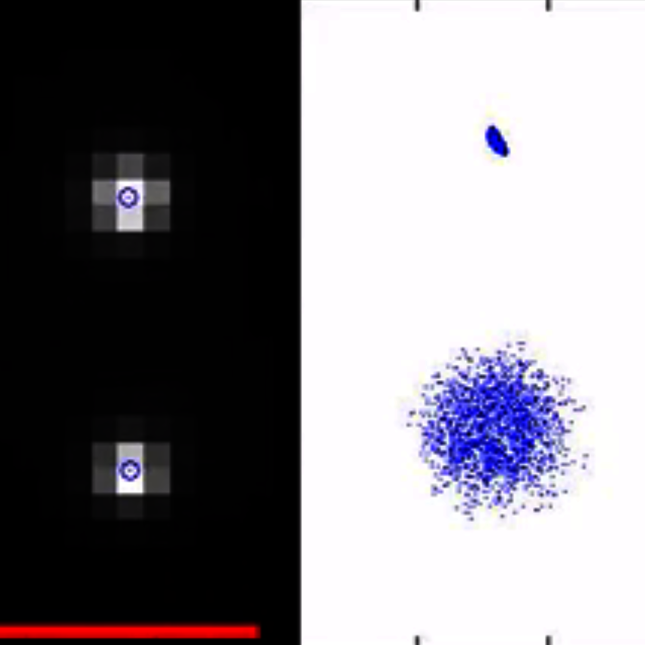Biomarker Monitoring by Particle Mobility Sensing (BPM)
Details of the human body can be followed through certain substances; so-called biomarkers. Unfortunately, it is not yet possible to monitor biomarkers live in patients when these are present in minuscule concentrations. Researchers at Eindhoven University of Technology have developed a new sensing technology that can become the plain and simple solution for the live and super-sensitive monitoring of biomarkers, which paves the way for many new applications in healthcare.
Plasmonic Biosensing using Metal Nanoparticles
Metal nanoparticles provide the possibility to detect single molecules without the need for labeling, enabling the direct detection of non-absorbing species [1]. A molecule that binds to receptors on the surface of a particle induces a change in the local refractive index that in turn results in a change of color due to a shift of the plasmon resonance [2,3]. This animation illustrates the real-time detection of plasmon shifts induced by molecules binding to functionalized single gold nanorods. The plasmon shifts are measured by monitoring scattering intensities of many particles simultaneously and in real-time [4].
Translate to Innovate
The process of technological innovation is an interplay between people of different backgrounds and perspectives: scientists, technologists, application experts, and business people. In this video Menno Prins describes how these people interact, how activities translate between the people, and how the translation feeds the innovation process. Menno Prins is a professor at Eindhoven University of Technology.
For more videos from the Institute for Complex Molecular Systems (ICMS), click here.



